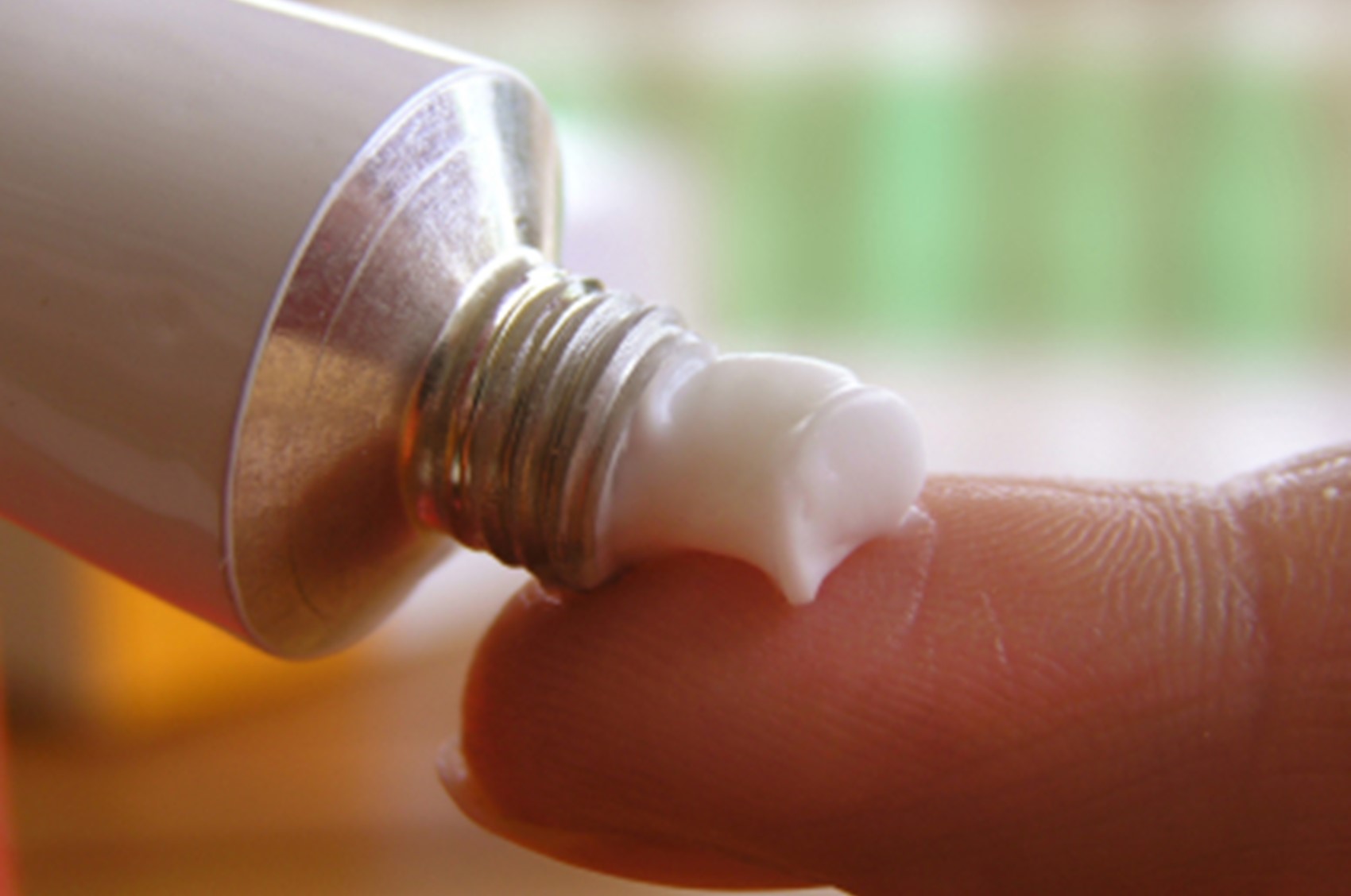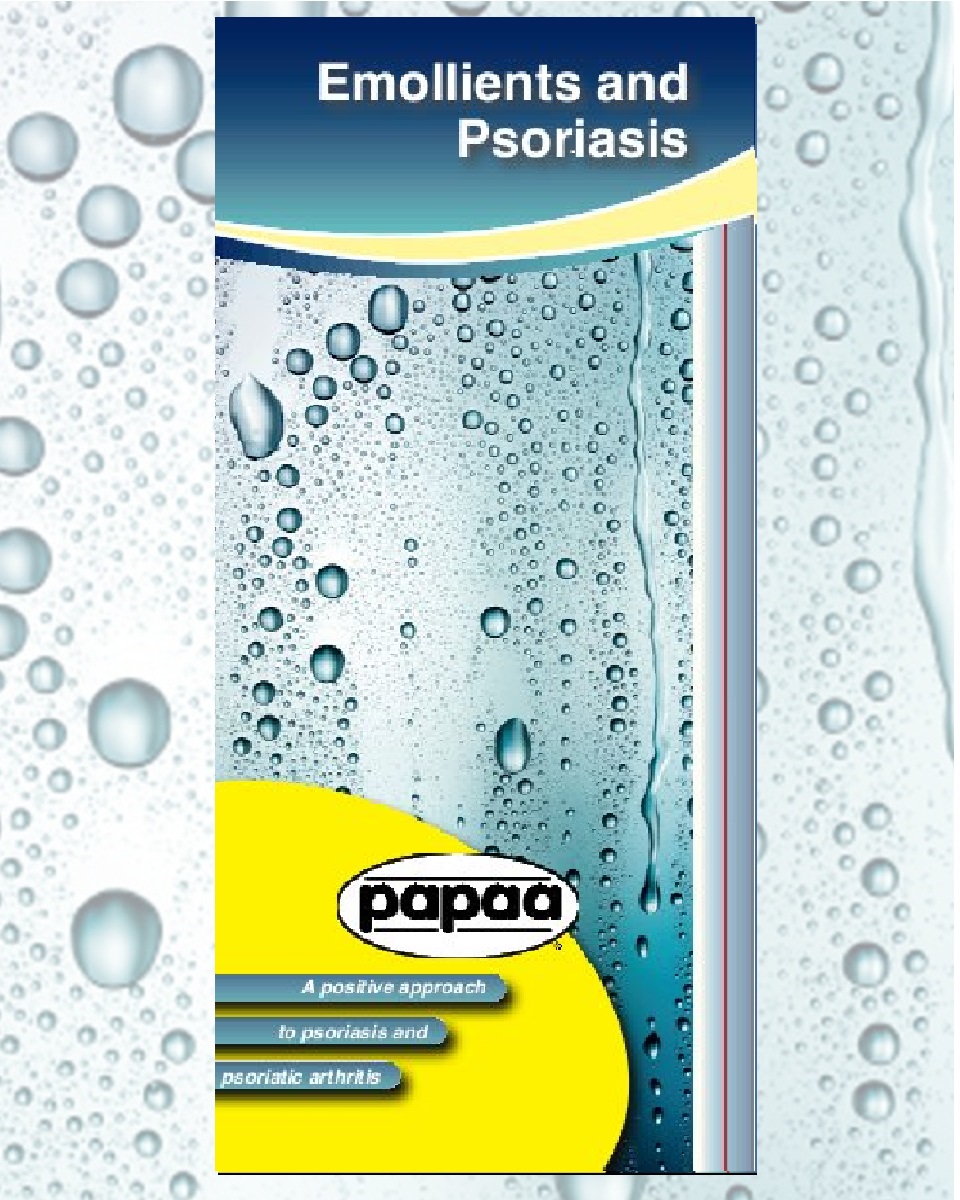
Search
You have no items in your basket

An emollient is a lotion, ointment, spray cream or sometimes an additive for baths or showers. Emollients soothe, smooth and hydrate the skin and are used for all dry or scaling skin disorders. Their effects are short lived and they should be applied frequently, even after improvement occurs.
Do emollients really help psoriasis? After months and sometimes years of applying a vast array of different creams, the patches may still be there - so why bother? Emollients cannot cure psoriasis, but they are important in managing its severity and offer considerable skin benefits. Unfortunately, many people are not told how to apply them correctly.
This information has been written to help you get the maximum benefit out of using emollients, regardless of whether you have just a few patches or extensive psoriasis.
Scale removal - Emollients clear superficial scale. This is helpful for several reasons. Cosmetically, the plaques look better and they are less troublesome when dressing etc. Scale removal also allows easier application, and possibly enhanced penetration, of other topical (applied to the skin) treatments.
Softening – Emollients lubricate and soften the patches, making them more comfortable and more flexible so they’re less likely to crack.
Soothing – If your psoriasis is itchy, emollients could soothe and help relieve the irritation.
Research indicates that emollients may also slow down the rate of cell turnover, but further investigation into this is still required.
Emollients restore the natural barrier function of the skin in two ways. By replacing lost water (rehydrating), dry surface skin cells are 'plumped out' to create the bricks of the barrier. The cement is provided by a protective film of lipids (oils) over the skin surface. In this way, emollients create a barrier, preventing further water loss as well as protecting the skin from bacteria and irritants. Some emollients have elements that enhance the natural moisturising factor (NMF – a collection of water – soluble compounds that make up a proportion of the uppermost layer of skin) and so trap water and reduce dryness. They can also be used on the scalp; for further information see Scalp Psoriasis.
Emollients come in many different formats: creams, ointments, spray lotion, bath oils and soap substitutes. Dermatologists and dermatology nurses advise using a combination of emollients to form a daily skincare routine, known as complete emollient therapy. Through regular use of soap substitutes and bath oils, combined with cream/ointment application, each emollient complements the actions of the other to keep the skin well hydrated, flexible and comfortable.
The best emollient is the one you prefer, because then you will use it more frequently and gain more benefit. Your doctor, nurse or pharmacist may have samples for you to try.
Ointments are more suited to extremely dry, thickened or brittle skin and can be used at night. Lighter, less greasy creams or lotions are ideal for daytime use.
Sprays are light and don’t require rubbing in, which makes them ideal when skin is sore and inflamed.
Creams, ointments or lotions should be used liberally and frequently, so the skin does not dry out. It may be that an all-over application in the morning can last all day, with further applications confined to dry patches. Apply the cream gently, in the direction of hair growth. Do not rub vigorously as this could trigger itching. If itching is a problem, some creams contain a topical anaesthetic to relieve the irritation. Products that contain liquid/soft paraffin are flammable, so you should be careful around any naked flame.
A warm bath with oils is a pleasant and easy way of hydrating the skin, leaving a fine film of oil on the skin surface. In this way, emollients create a barrier which prevents further water loss as well as protecting the skin from bacteria and irritants, keeping it soft and flexible and helping to prevent cracking. There are a number of bath products to choose between; some also have active anti-itch ingredients.
Try to avoid hot baths and highly foaming shower gels and bath foams as they dry the skin and are potentially irritating.
A warm bath in bath oils is an ideal way to prepare the skin, making it more receptive to topical drug treatment, particularly at night.
All bath oils make the bath slippery - an old towel in the bottom of the bath, a non-slip bath mat and grab rails are helpful to avoid slipping. Try wiping the bath clean with paper towels or tissue if you find it difficult to clean after using oils. Bath oils can also be applied directly to the wet skin in the shower or on a sponge, but the hydration is not as good as a 10-minute soak in a warm bath. Make sure to avoid any contact with eyes.
Any cleaning product that foams a lot contains soap or detergent and, however mild, will have a drying effect on the skin as these ingredients remove the skin's natural oils. This is why dermatologists and dermatology nurses recommend emollient soap substitutes. Avoiding soap and switching to an emollient wash is an important part of a good skincare routine.
Soap substitutes don’t foam, so washing with them feels different to normal soap and water washing.
However, they are effective at cleaning the skin and it's worth persevering.
Morning – Wash with emollient soap substitute. Gently pat your skin d ry. Apply emollient cream all over in smooth, downward strokes. If applying to hands and feet you can cover them afterwards with gloves and socks. Always beware of slipping.
Throughout the da y – Use emollient soap substitute to wash your hands. Apply emollient whenever the skin feels dry/itchy. Do not allow your skin to dry out.
Evening – A warm 10- minute bath with bath oils added. Do not use soap ; the oils clean the skin. After bathing, gently pat the skin dry and apply either emollient cream/ointment or, where applicable, your topical drug treatment.
Scalp treatment – Be careful not to apply to broken skin as it might sting! Remember to part the hair so that the preparation goes on the skin not the hair.
Mild psoriasis can often be managed with emollients alone. But for moderate or extensive patches, your GP or dermatologist will prescribe a range of topical treatments. The use of emollients may enhance penetration and so complement these other treatments.
Skin tip: Always ask the doctor or pharmacist about the topical treatments that you are using. It is easy to confuse an emollient and a steroid. Remember, steroids are used sparingly once a day, whereas emollients are used liberally and frequently.
Emollients also complement topical steroid treatment and may lead to a more rapid improvement. Greasier emollients may be used as steroid-sparing agents in chronic plaque psoriasis.
Emollients used in combination with steroids keep the skin hydrated and protected. Moisturise first then after 30 minutes apply the topical steroid directly to the plaque/inflamed skin. Take care not to apply topical steroids or vitamin D analogues to the surrounding, unaffected skin as they can cause irritation.
Studies have shown that emollient creams that become dried on clothing, dressings and other material can catch fire if exposed to a source of ignition (this could include a spark from a naked flame, whilst smoking, using cigarette lighters or any other methods where the product could be exposed to a potential flame source). There have been reported incidents where injury caused by the ignition of material which has come in contact with emollient creams has led to serious and life-threatening situations and even death.

You may find it useful to ask about a medicines use review (MUR), which is a free NHS service offered by pharmacies in the UK. The review involves an appointment with your local pharmacist in a private consultation room. It is an opportunity for you to discuss your medicines, to understand how they should be used and why they have been prescribed, as well as solving any problems (such as side effects, frequency of use etc) you may have with them.
This article is adapted from the Emollients and psoriasis leaflet.
Download our Emollients and psoriasis leaflet as a pdf
Always consult your doctor or healthcare provider.